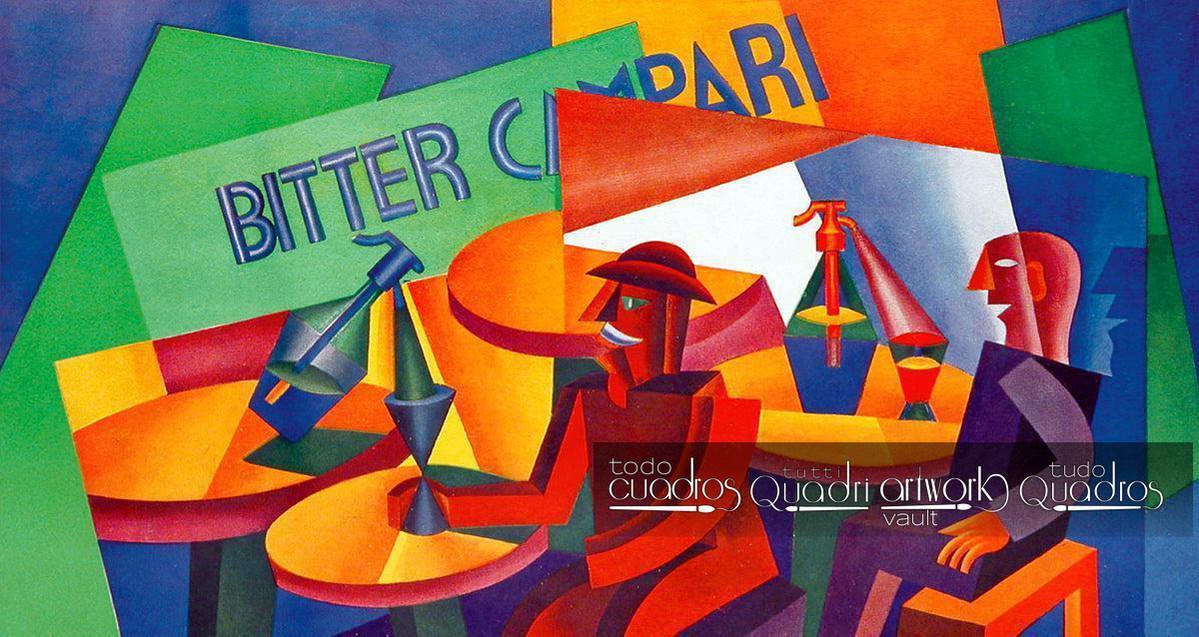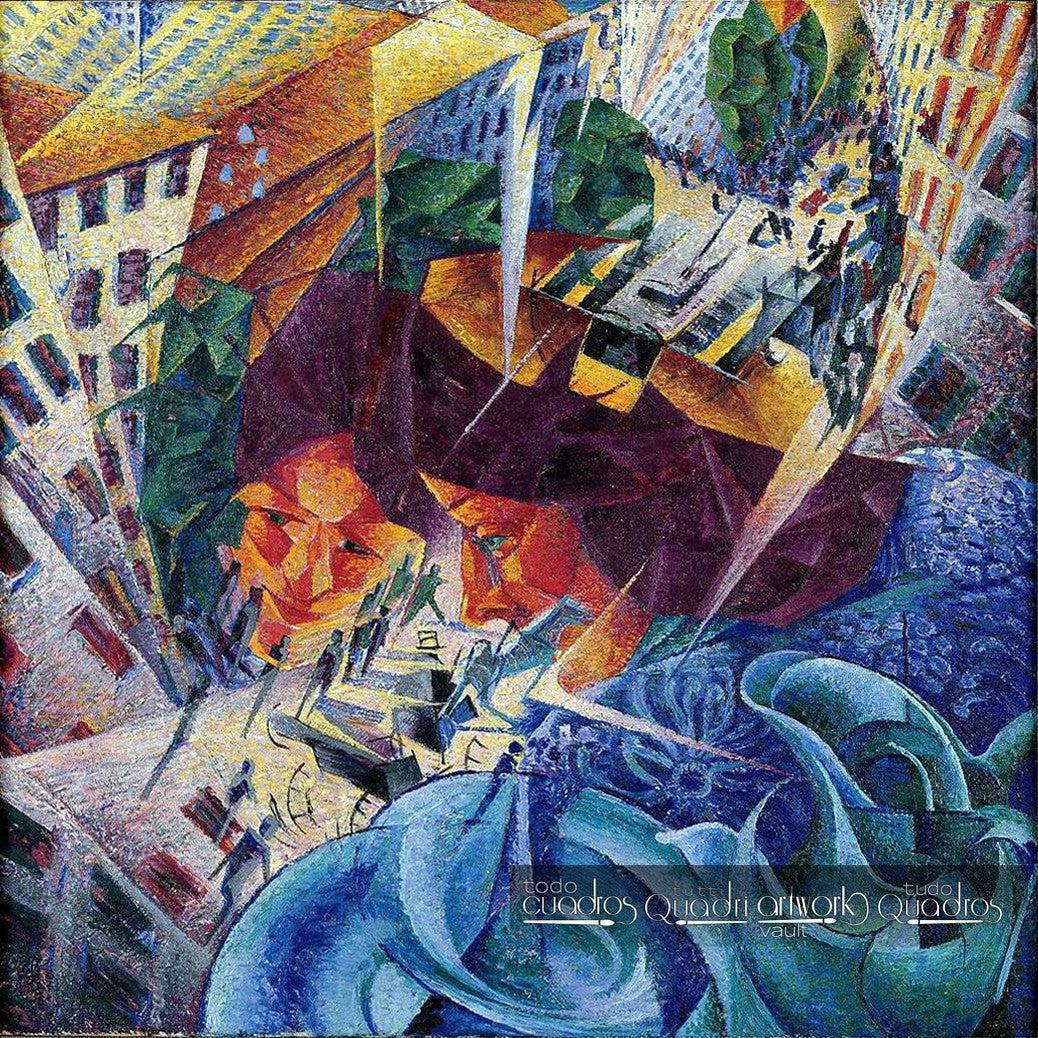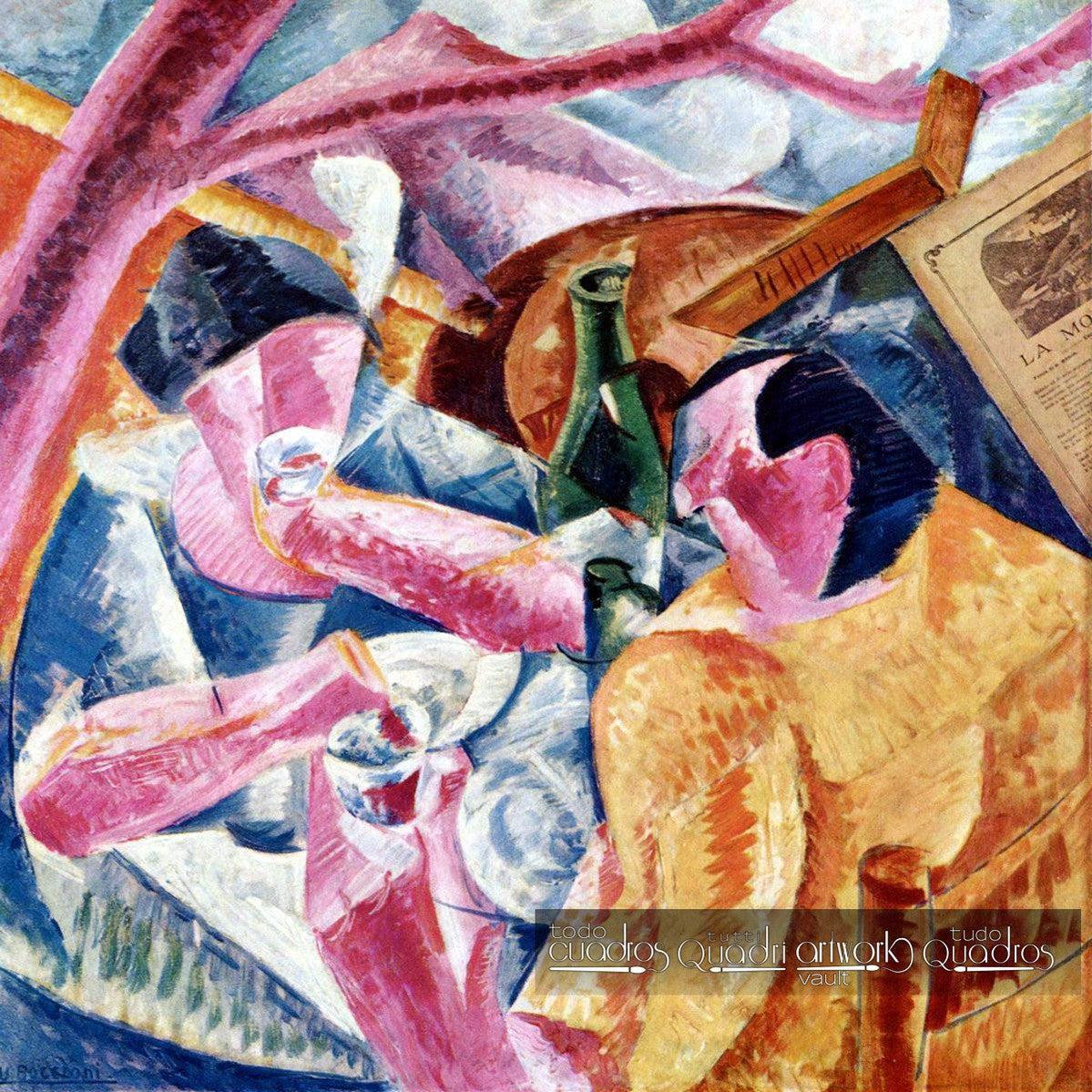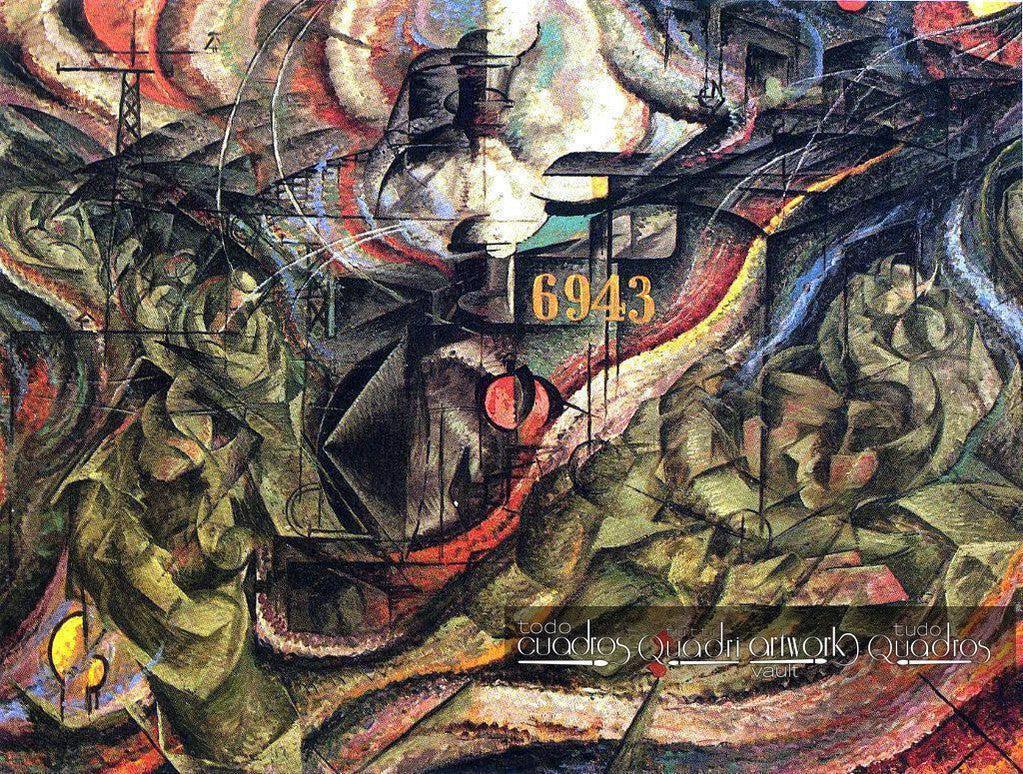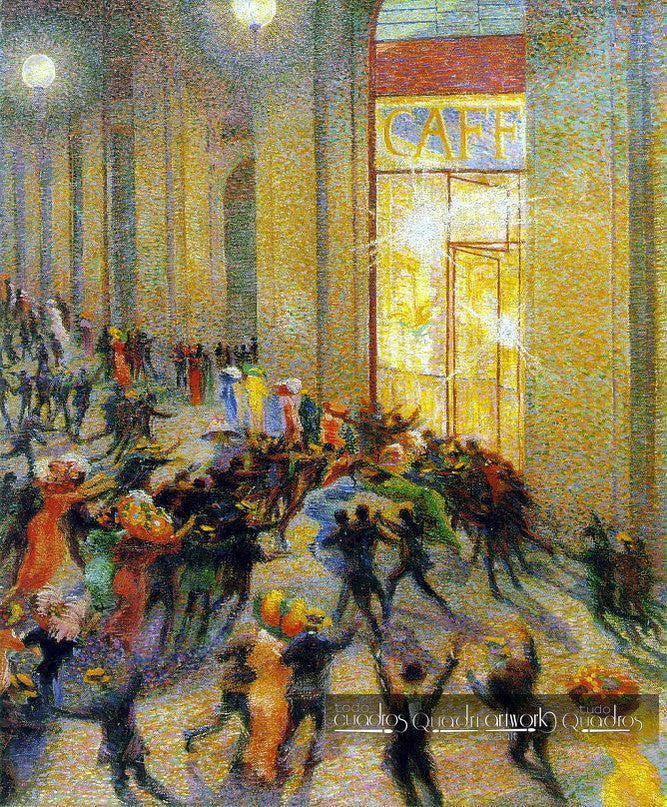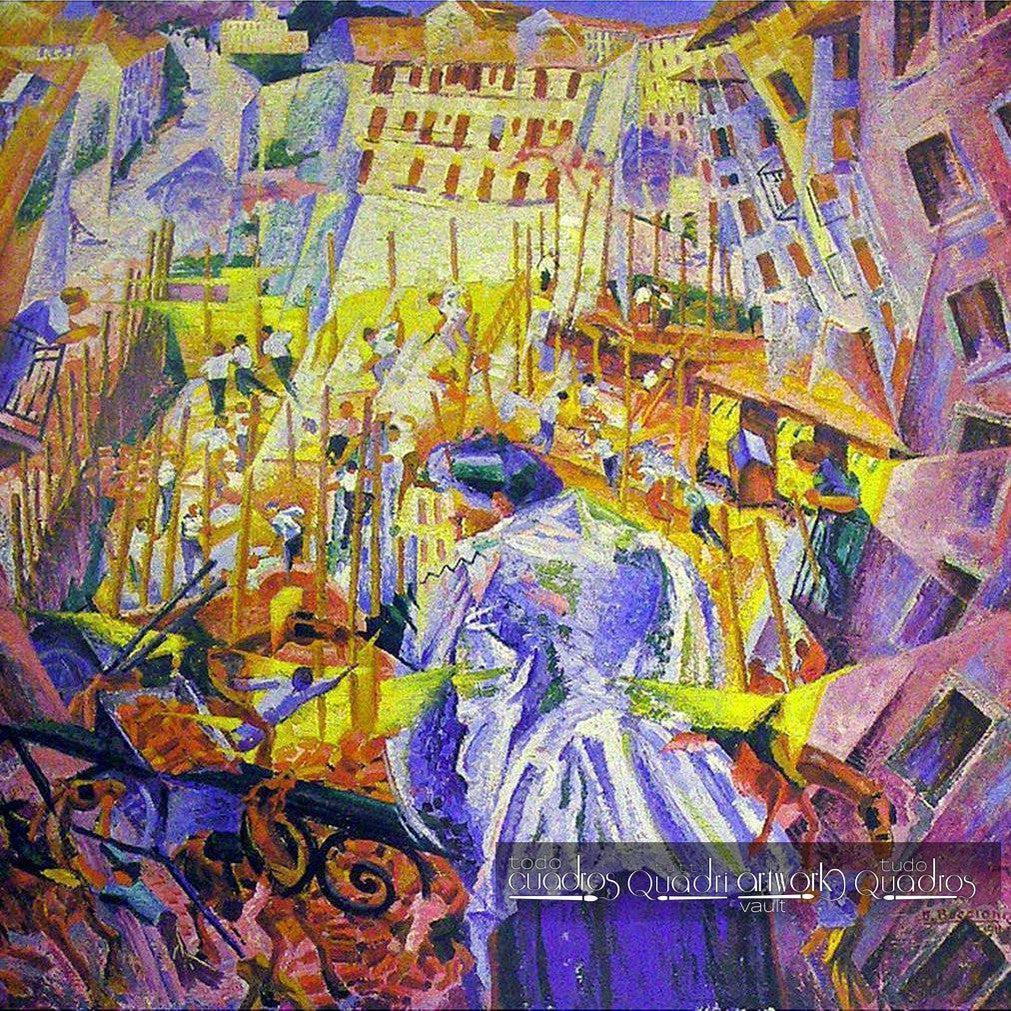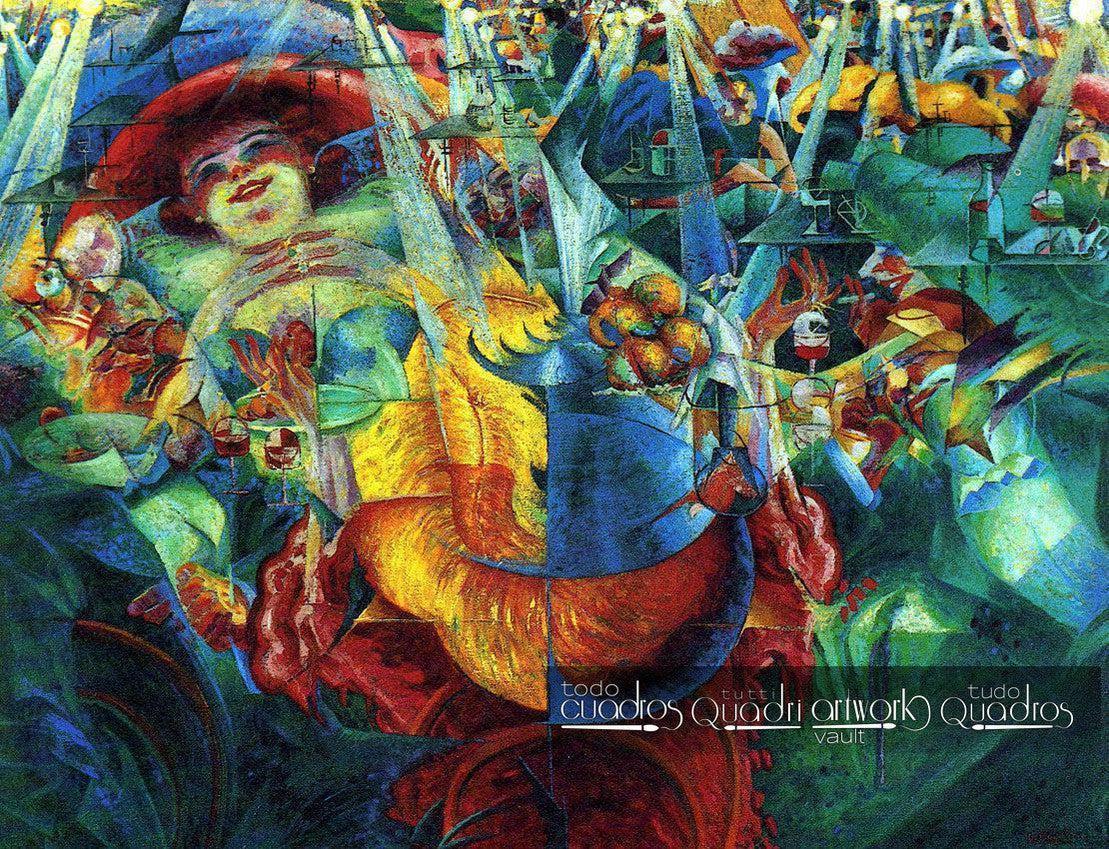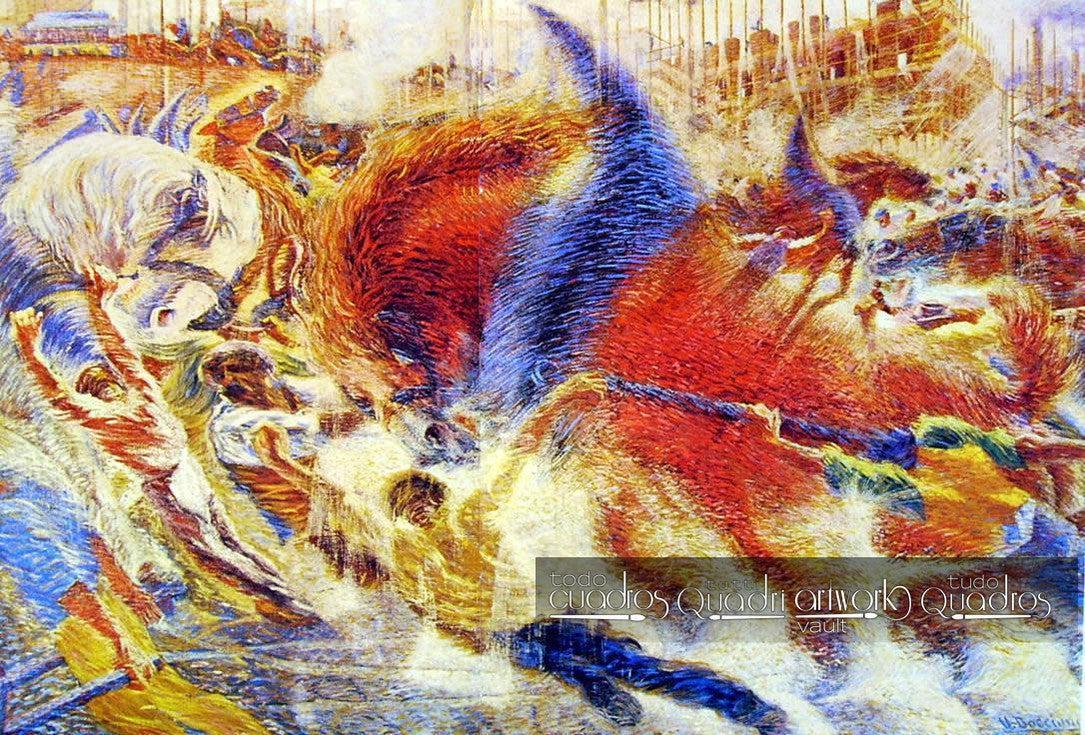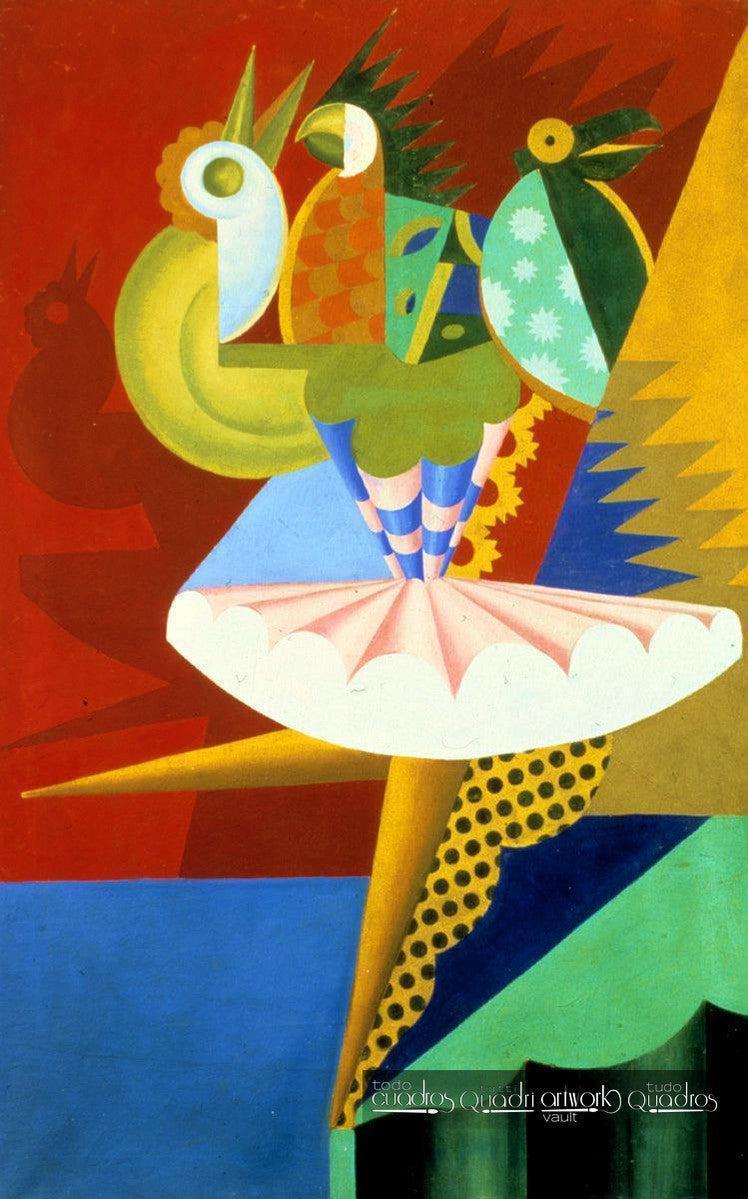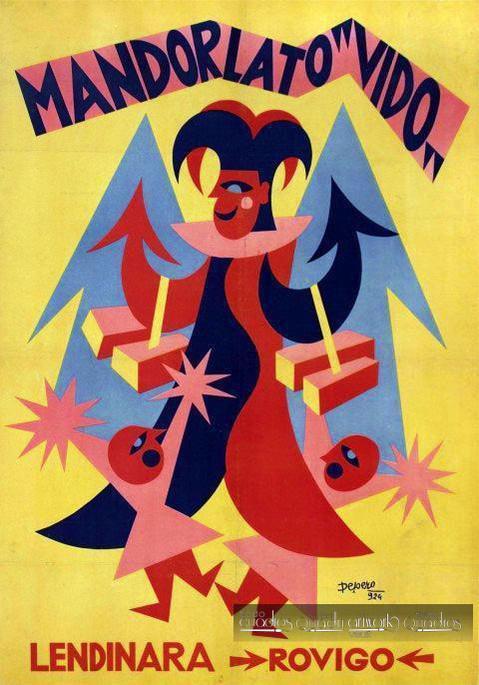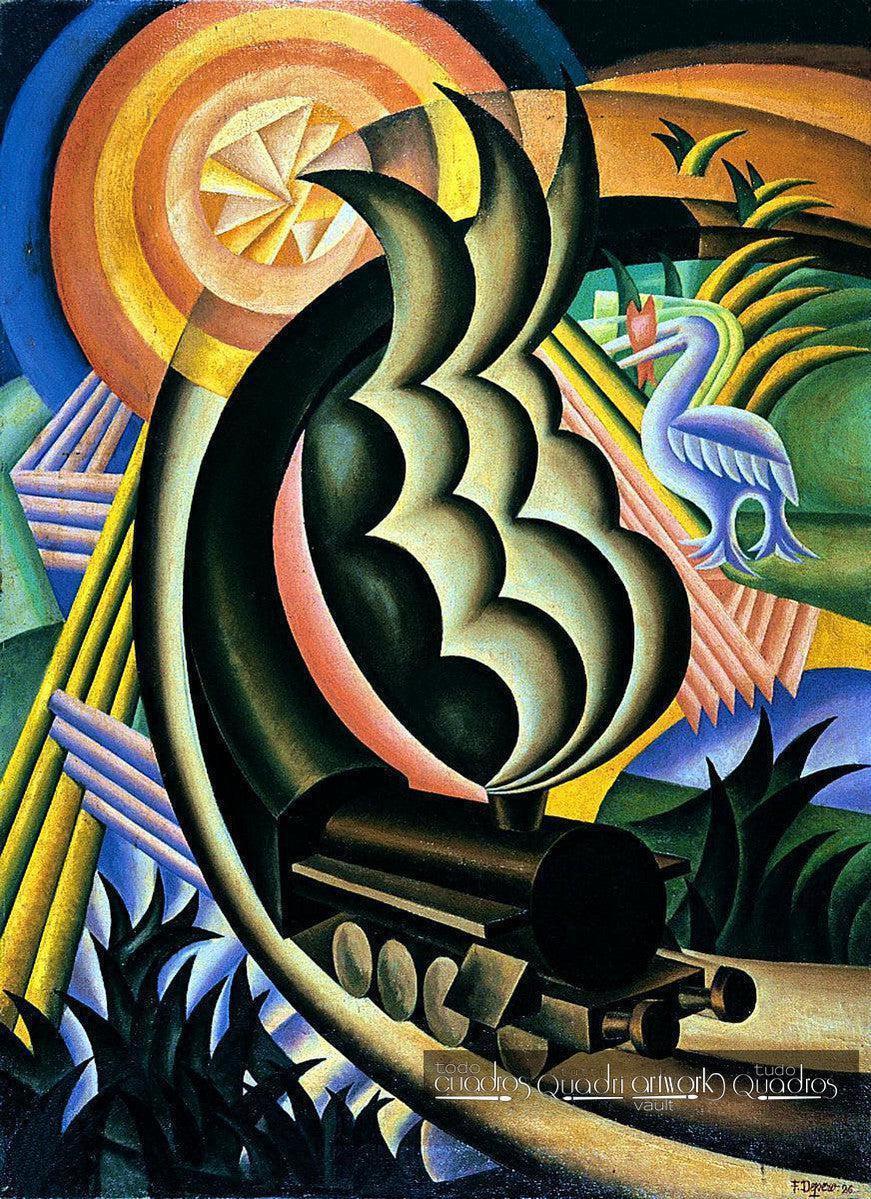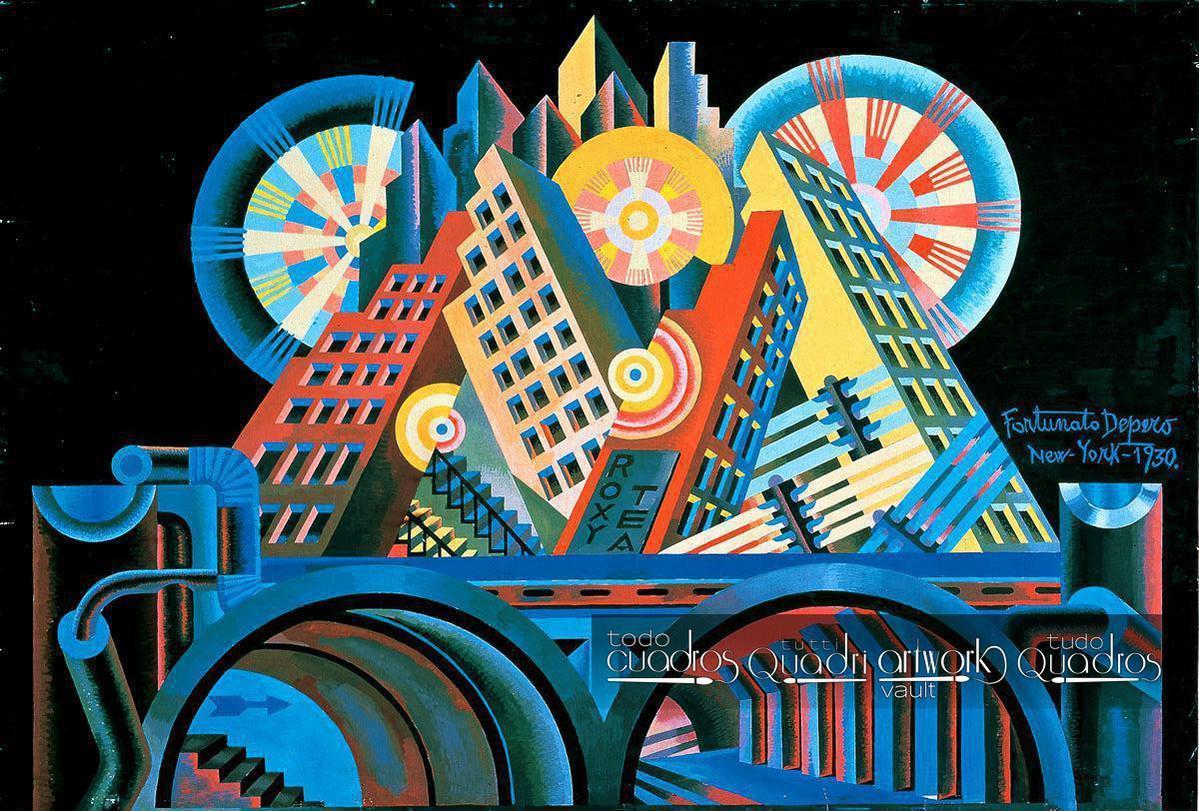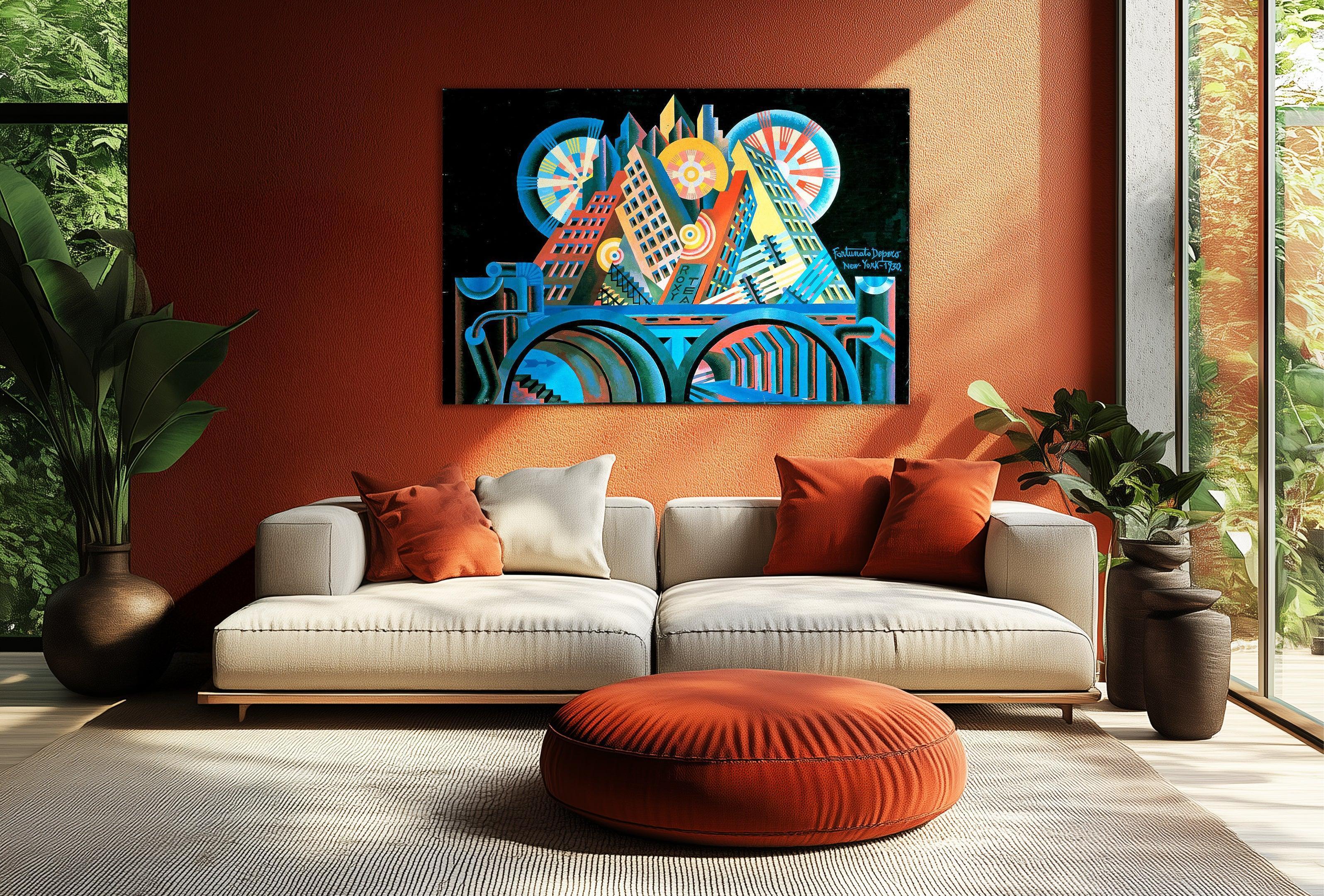Bitter Campari Soda
$299.00 CAD
Visiones Simultáneas
$299.00 CAD
The Drinker
$299.00 CAD
Dynamism of a Human Body
$299.00 CAD
Under the Pergola in Naples
$299.00 CAD
States of Mind. The Farewells
$299.00 CAD
Fight in the Gallery
$606.00 CAD
La Strada enters the House
$299.00 CAD
The Laugh
$299.00 CAD
The City Rises
$299.00 CAD
Dynamism of a Soccer Player
$299.00 CAD
Charge of the Lancers
$299.00 CAD
Vanity Fair
$299.00 CAD
Rotation of Ballerina and Parrots
$299.00 CAD
Mandorlato Vido
$299.00 CAD
The Train
$299.00 CAD
Skyscrapers and Tunnel
$299.00 CAD
Construction of Woman with Yellow Flower
$299.00 CAD
